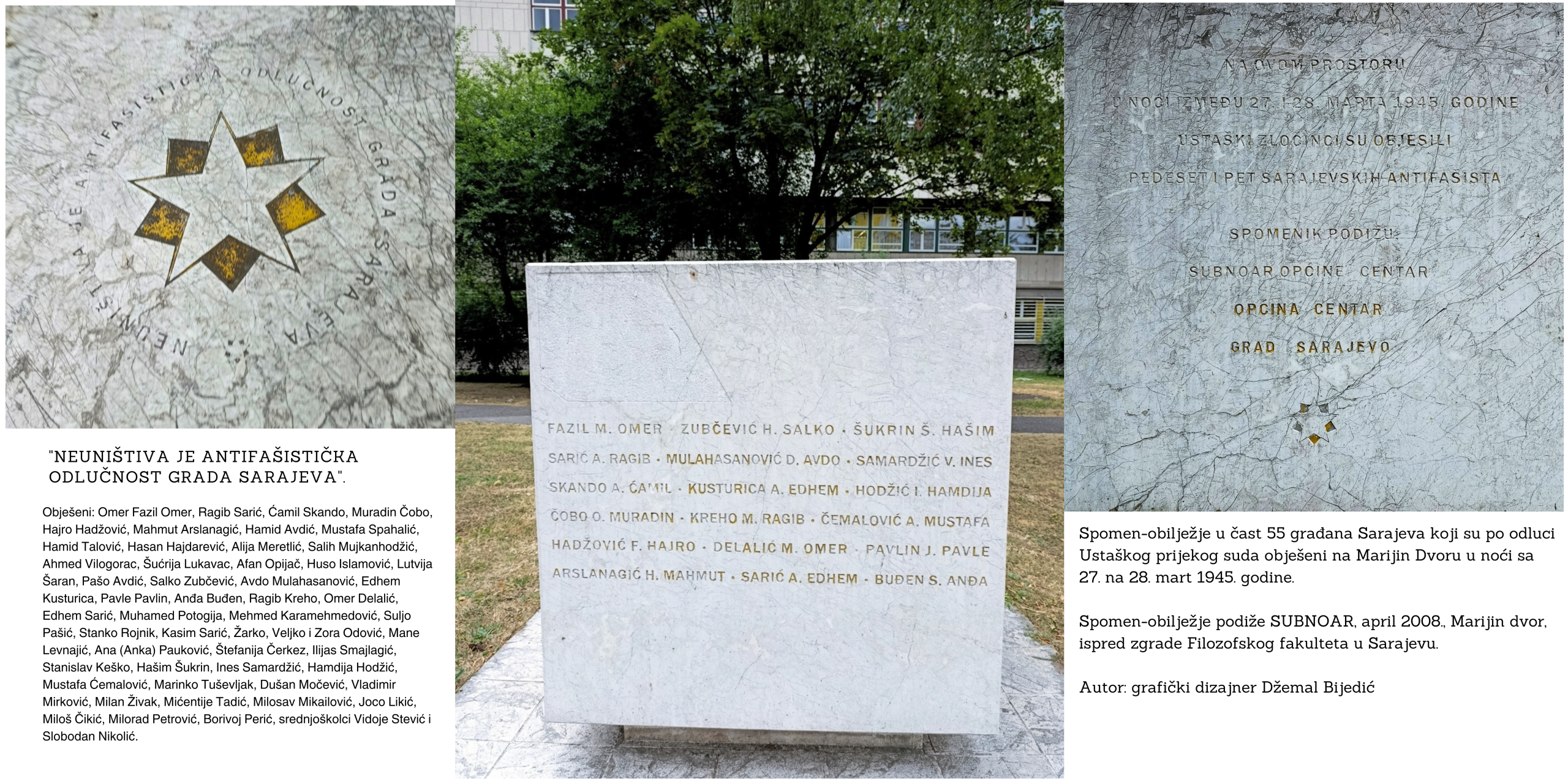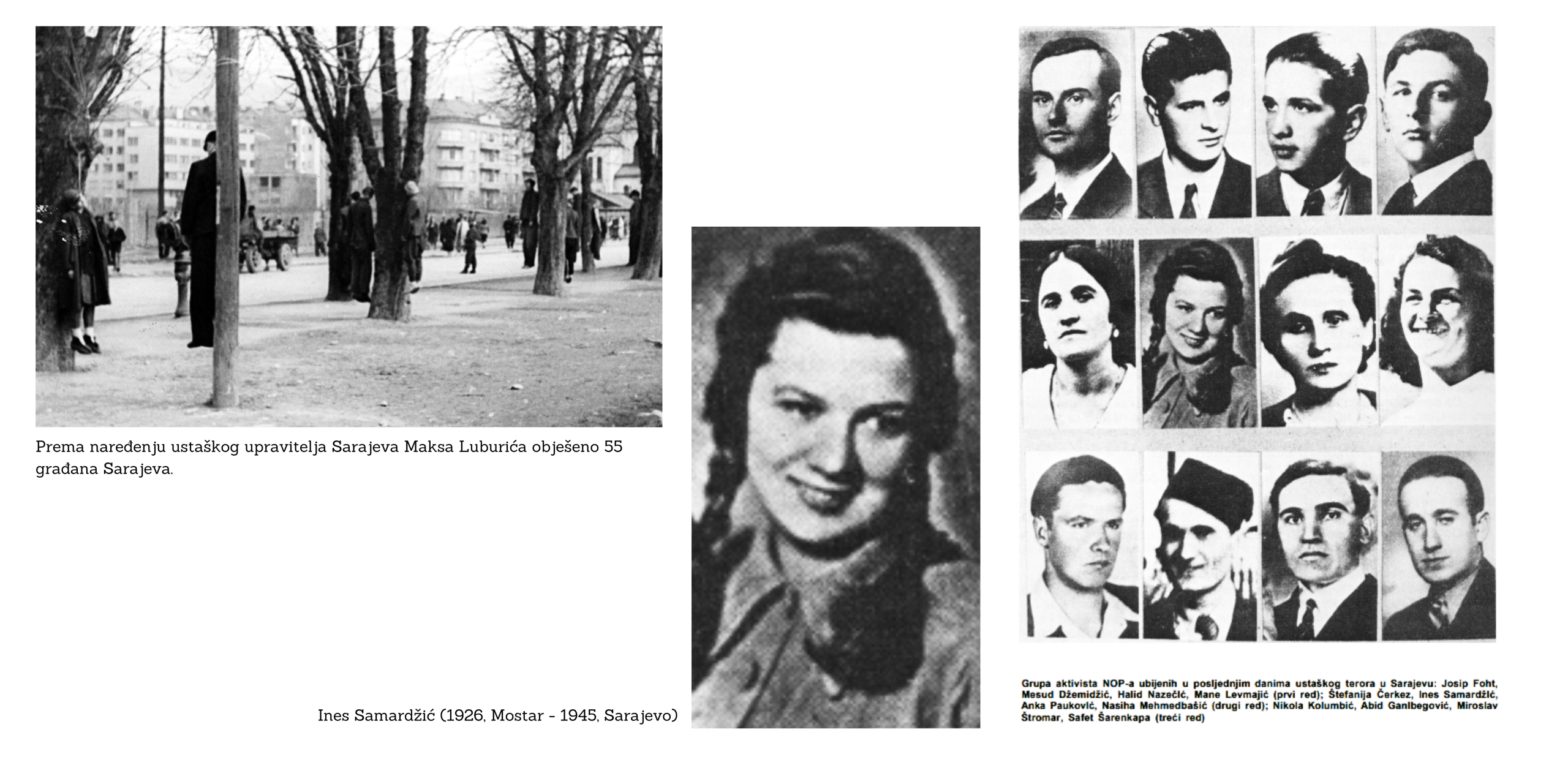Red Shoes
I remember when I bought them.
They shone in the shop window
and promised a future flaming
with the marching flags of liberation.
A pair of shoes, the color of red carnations.
Red was ablaze that year. We wore
it under our skins and spread it under
our breaths, feverishly, as if bestowing
a kiss on the soft spot behind the ear.
Red was the fire that roared on the frontier.
I remember that day. The field speckled
with poppies, bleeding into the green
and swaying madly in one last tango
until, in the wind, they drop down dead,
until, in my field, there is no more red.
I remember that day. The sun was at zenith
when I was seized, and the night ensued.
I left my youth and a lock of hair on the corners
of the streets – a requiem for the red thread
around my wrist. “To keep you safe,” my mother said.
I remember the red-rimmed eye in the sky,
and my lips still red, stubbornly red, opening
like a gift and letting the warmth seep out.
Oh, mother, see me! I’m floating in the air.
The wind, your soft hand, is braiding my hair.
I remember the red fading from my eyes
and my red shoe slipping from my foot
in the interminable wait for the rope’s final claim.
Oh, mother, come see me! I am now gone.
Please come near and put my red shoe back on. [1]
This poem was written about – and from the imagined perspective of – Ines Samardžić, a 19-year-old woman who was hanged in Sarajevo by the Ustaše in World War II, on the night between March 27th and 28th, 1945.) The poem was inspired by the memory of Vjekoslav Dugandžić, who, as a 9-year-old boy, saw this beautiful woman hanged at Marijin Dvor. She was wearing red shoes. One slipped from her foot and lay on the ground. Deeply affected by the image, he then wrote a school essay titled “Red shoe”. The scene haunted him for the rest of his life, and he often recounted it as a symbol of the fascist horrors done in Sarajevo.
Ines Samardžić, born in Mostar in 1926, the daughter of Vlado Samardžić. She completed her education at the Female Gymnasium in Sarajevo. During her school years, she was active in the Young Communist League of Yugoslavia (SKOJ). alongside fellow students: Branka Blažek, Rada Janjić Žokalj, Olga Ivković, Ema Novosel, Nada Divljan, Zvjezdana Bogdanović, Amira Filipović-Muminagić, Nevenka Vasiljević-Kojo, Vesna Brkić, Bora Dabić, Slavica Kujundžić, Višnja Habunek, Narcisa Ćemalović, Nađa Biser, Jelena Falatar, Razija Omanović, Hiba Zildžić, Živka Badić – many of whom were brutally tortured and killed during the Second World War.


KONTAKT
Ukoliko te već nismo kontaktirali, a želiš da daš svoj doprinos, molim te da nam pišeš na uredništvo@feministika.ba
